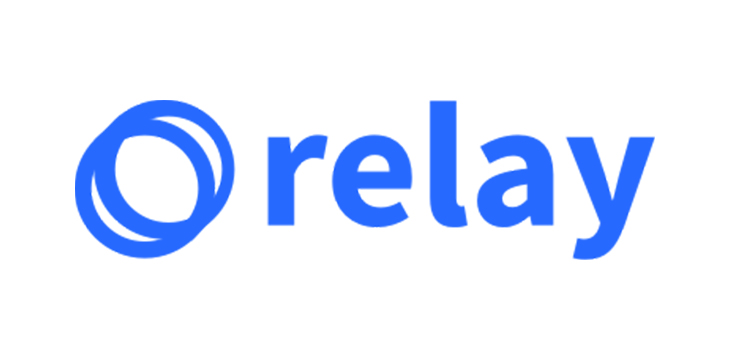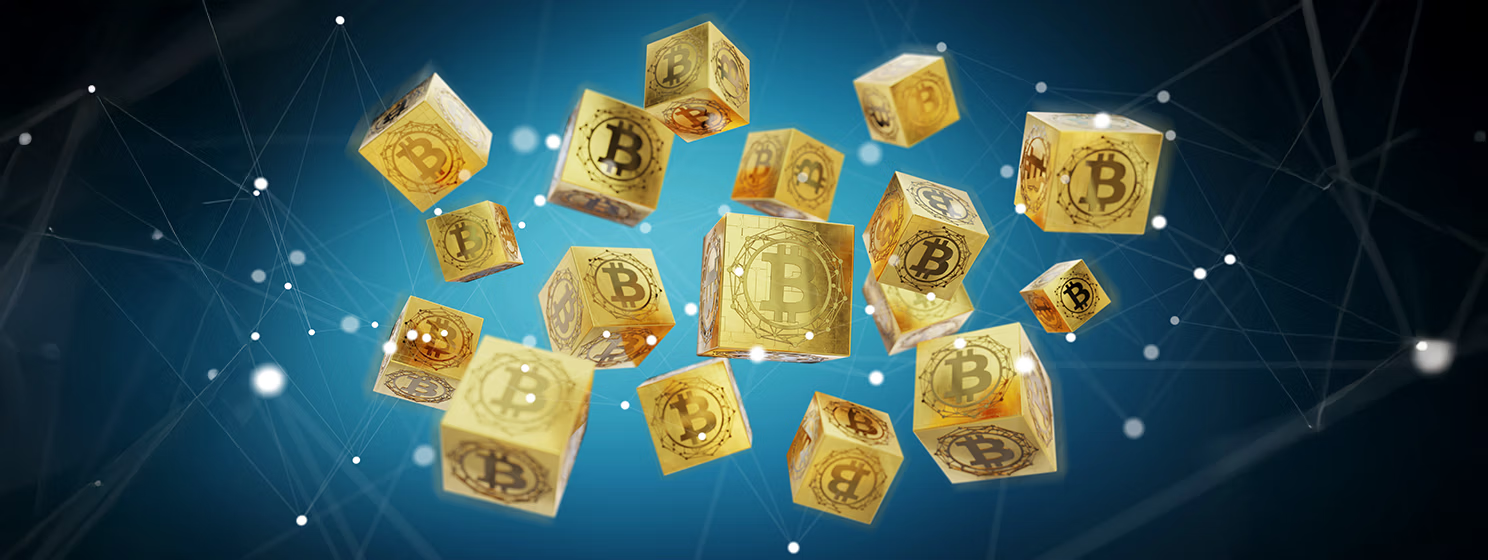|
Getting your Trinity Audio player ready...
|
RelayX launched Relay Club, claiming to be the world’s first decentralized ownership network. Relay Club is a social feed of posts that require linking to an existing NFT or on-chain sale order. The primary feature appears to be the ability to buy NFTs directly from a social media post. Users can interact with posts by replying, clicking on details of the NFT, or purchasing the NFT linked in the post.
Relay Club implements the Open Social protocols that Bitchat, Blockpost, Retrofeed, Pewnicorn Social Club, and others have already implemented, which means that other developers or applications can pull the club feed into their own applications by querying the blockchain. RelayX has extended the Post Open Social schema with custom fields that would allow third-party developers to replicate the same functionality.

For example, here is the payload of a post where I linked an existing sale order of a podcast NFT I minted several months ago.

We can see a new context is added as “club,” which is set to the Rexxie NFT contract. This implies that other clubs could be created where a certain NFT of a contract is required to post inside of that club, which could be enforced at the application layer. Another notable field added is a jig, which references the on-chain order via the OrderLock Bitcoin script. The users’ posting paymail is there as well, enabling tipping or subsequent interaction. The beauty of this is all the information can be deduced without documentation, custom APIs, or communication with the Relay team.
Within 24 hours, Zack Weiner had already added Relay Club posts to Pewnicorn Social Club, as well as the ability to mint NFTs directly from his ChatGPT bot, AskHAPI.
1-Click Mint to @relayxio from https://t.co/VQrMZWCc3P
Go, Do It!How? Check out the https://t.co/1gB54V2Ctl post 👇https://t.co/YID0G7W58A pic.twitter.com/4hbVEAfQrE
— AskHAPI (@Ask_HAPI) January 22, 2023
The ability to add context to NFT sale listings should increase sales, volume, and engagement with on-chain assets. Moreover, since every asset transfer can be viewed on-chain, the audit trail of history and context may be especially valuable to prospective buyers. The current on-chain reference of the NFT (jig) is embedded in each club post, so users can see what users had to say then.
Can’t stop posting!
I’ve gathered so much stories from all the NFTs that pass through my hand.
The ability to add stories to every single NFT you’ve ever owned will be so significant for its value.
Can’t wait to have a storyline page of all posts from all previous owners. https://t.co/JE8F5wtEvK
— Sonic.sats (@Cirus001) January 22, 2023
Such a model would be interesting if applied to physical assets such as vehicles or homes and could push buyers over the edge as it gives them a different sentiment about the transaction. After all, a key aspect of sales is how the buyer feels. Knowing what a car or home looked like when it was first built, before and after any renovations, may be key factors in future purchases.
For example, my grandparents sold my late great grandfather’s home in 2005, but when the home was renovated and listed for sale over a decade later, the inside looked nothing like I remembered, erasing its true history. Now all one can find online are pictures post-remodeling in the last few years, not the nostalgic look it had when originally built in 1969.
I look forward to how the club is utilized and its future integration into other applications.
Watch: NFTs: What Can We Do Better?

 01-02-2026
01-02-2026 




